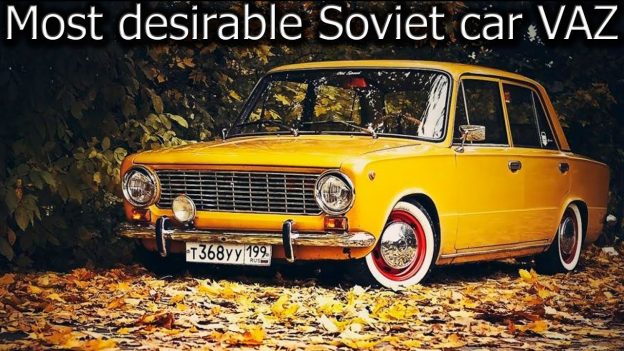If there was any doubt that environmental dogma has won the day, the debate over exploration in the Arctic National Wildlife Refuge resolved it. Coated with a patina of science, this dogma continues to insist that there is inherent discord between our system of production and the environment. Essentially, not much has changed since the environmental movement’s forefathers advocated forcefully halting development and ending consumer freedom through government regulation. With one exception: This scourge now informs official public policy.
It so happens that the low prices at the pump signal (at the time of writing) that oil supply, so far, is stable. But not even on-and-off threats of an oil embargo by the Arab world have dampened the powerful environmental lobby’s opposition to oil exploration.
In addition to the domestic moratorium, thousands of regulations and restrictions have been foisted over the years on industry in a bungling attempt at conservation. One scheme to limit fossil-fuel consumption is legislation—in California, Massachusetts, New York, Vermont and other jurisdictions—compelling automakers to manufacture electric vehicles.
It’s one thing for automakers to voluntarily invest in these technologies. It’s quite another matter for central planners to coerce the automaker into manufacturing lumps of metal for which there are no buyers. This is tantamount to the confiscation of property. Intimidated by regulators, General Motors and Toyota Corp. sank roughly half a billion dollars into manufacturing pure electrical cars, only to abandon the endeavor for lack of a market, losses which are, invariably, transferred to the consumer in the form of more expensive cars across the board. Steep car prices mean that people hang onto their cars for longer. Older cars are more polluting than newer ones. You get the picture: Regulation here indirectly causes more pollution.
Right now, even I wouldn’t trade my 1986 Toyota MR2 (“Mr. Two,” as he is fondly known), for a new, battery-powered car that manages only between 41 and 71 miles of driving before it needs refueling. Re-charging the thing is akin to kidney dialysis for cars—find a socket and stay hooked up for several hours, that is if you can locate a re-charging station.
The electric car is a marvelous metaphor for the legislator’s attempt to shackle the ‘wayward’ consumer. Purchase one, and your best bet is to avoid straying too far from the socket in your garage, or, alternatively, drive with a very long extension cord, lest your vehicle turn into something not nearly as useful as a pumpkin.
With such pox-like features, you’d expect the thing—of which 4,450 to 15,450 are required by law in California—to be as cheap as the lowly Russian Lada. (The Lada was the mobile scrap metal manufactured by decree of the former USSR’s Ministries Council.) No such luck.
The manufacturing cost of our own “People’s Car” is roughly twice that of a comparable conventional vehicle. The benefits to the consumer are non-existent, much less to the environment, unless a steady discharge of lead, cadmium, and nickel—the byproducts of batteries—is a blessing in disguise.
Ordinary Americans are not fooled. Faced with a choice between a roomy SUV, or forcing the kids to share the backseat with a giant battery or an enormous tank of hydrogen—all “features” of the new-technology chariots—consumers have not exhibited a great deal of option anxiety.
As for the hybrid gas-and-electric vehicles, other than “limousine liberals,” with backup fleets, like Cameron Diaz, this perilously sluggish accelerator has few bidders. The price of gas would have to climb to $3.55 per gallon to make it worthwhile for the buyer to purchase this $20,000 plus toy—an event which government is more than capable of orchestrating if it decides to levy European-style gas and emission taxes. Currently, any demand for these lame ducks will be a demand artificially manufactured by government policy, not driven by market forces.
Perhaps the biggest obfuscation in the gimmick-car racket—which President Bush has fallen for, if to judge from his energy plan—has to do with the source of the energy. Whether a vehicle is propelled by hydrogen-powered fuel cells or electricity, both electricity and hydrogen don’t magically materialize in the vehicle. They must first be generated. Be it coal, natural gas, nuclear or a hydroelectric dam, these cars are only as clean as the original source of energy that generated the vim that powers them.
Other than to increase the consumption of gas, because people drive more in them, mandating so-called fuel-efficient cars is a grand exercise in compulsory misallocation and waste of capital. It proves that the development of technologies is best left to the market, not to environmental bureaucracies.
©By ILANA MERCER
WorldNetDaily.com
May 1, 2002
CATEGORIES: Bush, Economics, Energy, Environmentalism, Free Markets, Regulation, Science & Junk Science, Technology

 print
print